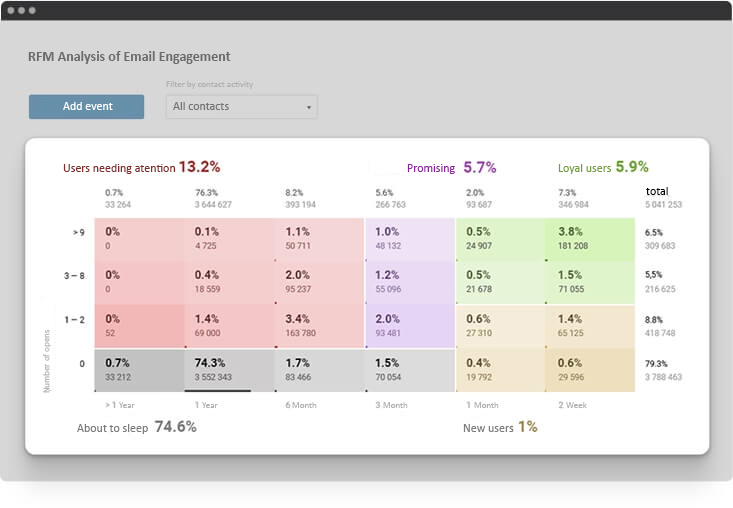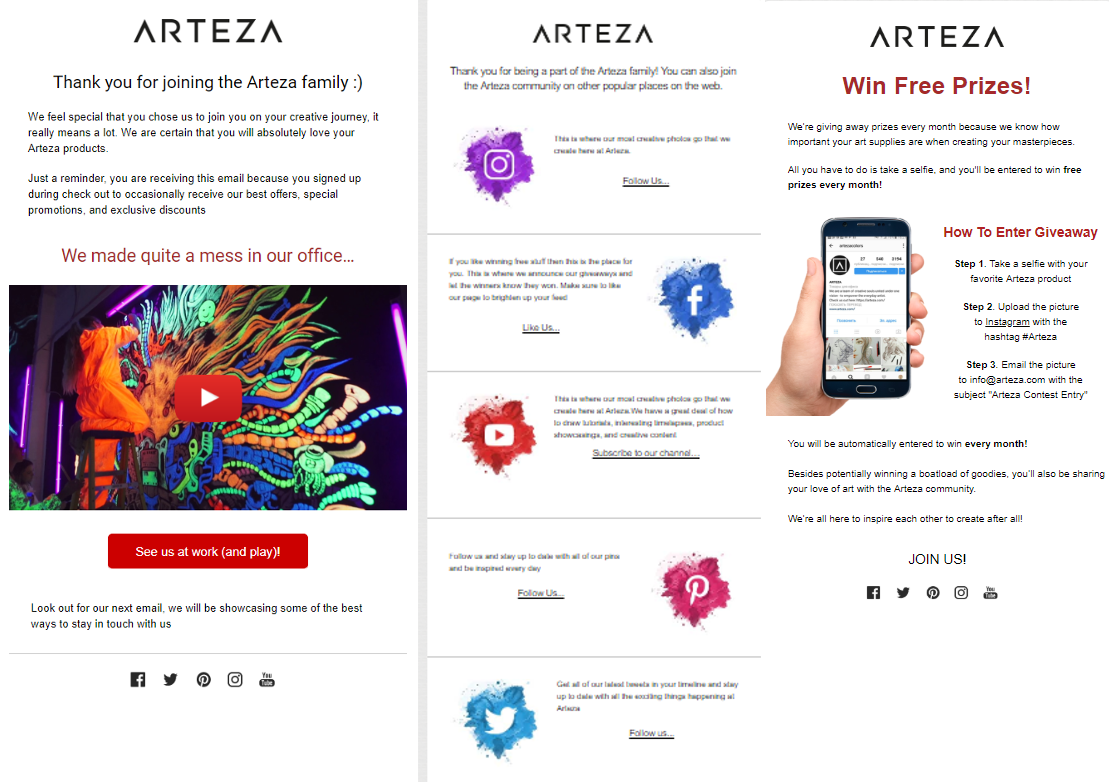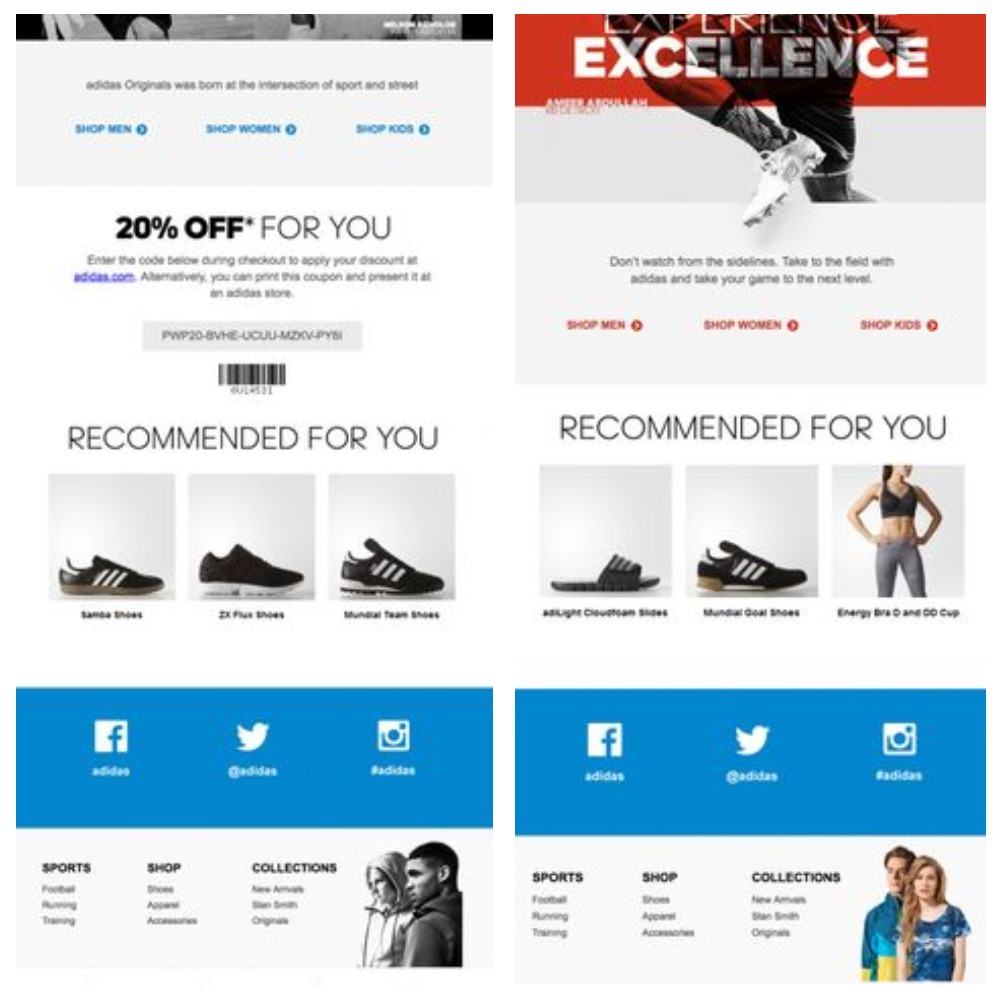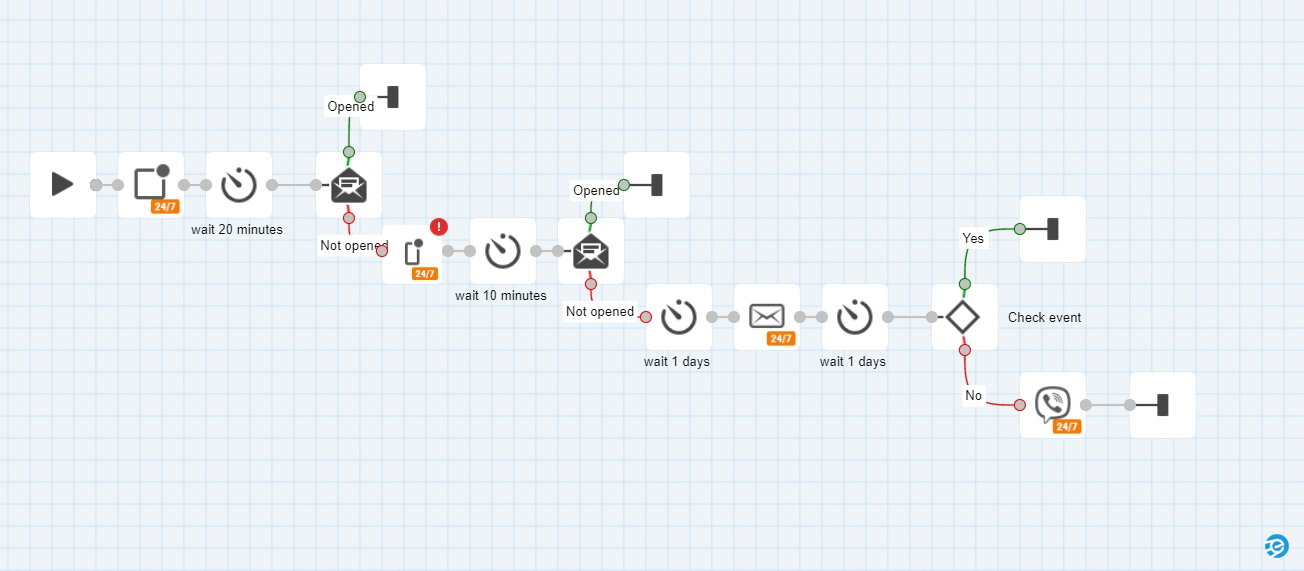Customer Lifetime Value: Definition, Formula and Why It Matters
What is CLV in Marketing?
As with any other type of profit, CLV requires not only revenue calculation; you also need to consider costs for customer attraction and retention, production, optimization, etc.
Simply put, CLV is the monetary representation of the relationship with a client. This metric allows to look in the future to see how (and if) your marketing investments will pay off.
How to Calculate CLV
The more indicators there are, the more complex the formula is. For example, the calculation of customer lifetime value may include the income from other clients attracted by this client (Customer Referral Value).
The basic CLV formula looks as follows:
In this case, the profit from one client is $81.74, with the average margin - 70%.
RFM Analysis for CLV Calculation
- new customers;
- one-time customers;
- wandering customers;
- V.I.P. customers;
- lost customers.

The more detailed the marketing costs, the easier it is to adjust the strategy. If you get a negative CLV after entering the data, you can easily regulate the parameter that requires minimal modification, for example, the discount rate.
CLV calculation based on the RFM matrix lets predict the most profitable customer segment and find the most effective ways to interact with it.
Why CLV is a Key Strategic Indicator
Thus, CLV, being one of the main indicators of business development, enables to get more profit with less investment.
Moreover, CLV is a sensor that shows the validity of the chosen direction. By controlling it, you will see when customers start spending more or less, track the contact base growth or outflow, and be able to understand their reasons. Following the significant changes, you will be able to react immediately and adjust your activities.
How to Grow CLV
Onboarding

Personalization
This data can be used, for example, for personal product recommendations, which will be automatically inserted into the email.

Multichannel

Conclusion
Understanding the lifetime value of customer base segments will help you make the right decisions and let your marketing investments pay off.
Keep track of this metric to bring your marketing campaigns up to speed with the current requirements, increase repeat, sales and grow the loyal audience.
Speed up your search marketing growth with Serpstat!
Keyword and backlink opportunities, competitors' online strategy, daily rankings and SEO-related issues.
A pack of tools for reducing your time on SEO tasks.
Discover More SEO Tools
Tools for Keywords
Keywords Research Tools – uncover untapped potential in your niche
Serpstat Features
SERP SEO Tool – the ultimate solution for website optimization
Keyword Difficulty Tool
Stay ahead of the competition and dominate your niche with our keywords difficulty tool
Check Page for SEO
On-page SEO checker – identify technical issues, optimize and drive more traffic to your website
Recommended posts
Cases, life hacks, researches, and useful articles
Don’t you have time to follow the news? No worries! Our editor will choose articles that will definitely help you with your work. Join our cozy community :)
By clicking the button, you agree to our privacy policy.

